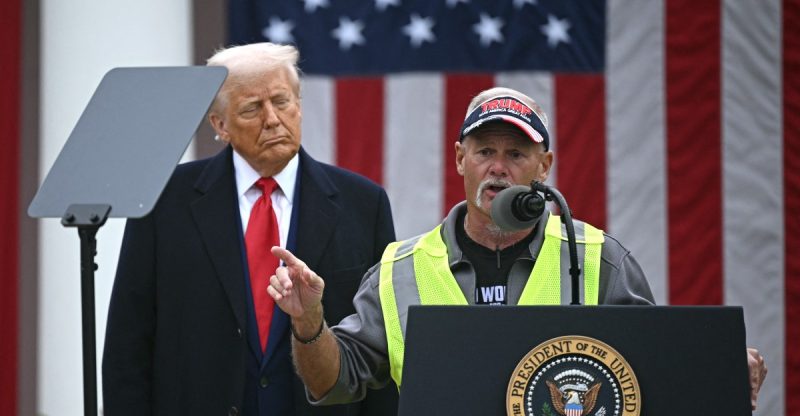
President Trump’s controversial tariffs, implemented nearly two weeks ago, have significantly impacted his public approval ratings. Polling data reveals a decline in his economic stewardship approval and overall popularity. The public’s perception that tariffs are driving up prices and harming the economy is a major contributing factor to this negative trend. But the political landscape is more nuanced than a simple decline in support might suggest.
The Republican Party, despite Trump’s falling numbers, has largely erased a historical Democratic advantage. Recent polls show a near tie between Republicans and Democrats when voters are asked which party better understands their needs. This is a dramatic shift from the double-digit lead Democrats historically held. This begs the question: is this a sign of Republican success or Democratic failure? Or is it something more complex?
One interpretation highlights the resilient trust many still hold in Trump. His 2024 campaign successfully positioned him as an agent of economic change, promising to curb inflation and revive American manufacturing. A considerable number of voters, even with declining approval ratings, still believe he’s working towards these goals or are willing to give him the benefit of the doubt. While the majority of voters believe Trump’s tariffs will negatively impact the economy in the short term, long-term opinions are more divided, suggesting a segment of the population believes in his long-term economic vision.
However, another perspective suggests a separation between Trump’s personal approval and the Republican brand. The party has successfully cultivated a strong association with the working class, particularly among non-college-educated voters. Despite Trump’s unpopularity, the Republican Party’s standing with this demographic remains relatively strong, indicating voters may be making a distinction between Trump’s actions and the party’s overall platform.
This leads to a third interpretation: the Democrats’ struggles to capitalize on Trump’s weakening position. The near-tie in public perception of which party better represents their interests reflects a broader dissatisfaction, with a significant portion of voters feeling unrepresented by either party. The Democratic Party’s own internal divisions and inconsistent messaging on tariffs have hindered their ability to effectively counter Trump’s narrative. The party is grappling with its own identity, particularly concerning its historical embrace of free trade and its efforts to regain the mantle of championing the working class.
While Trump’s approval ratings continue to plummet, Democrats haven’t fully leveraged this opportunity. Recent polls show tightening margins on key economic issues, indicating that despite Trump’s struggles, the Democrats haven’t yet solidified their advantage. There is still room for Democrats to exploit Trump’s declining popularity, but they need to overcome internal divisions and articulate a clear, compelling message that resonates with voters.
The situation remains fluid. As the economic consequences of Trump’s tariffs unfold, public opinion may shift dramatically. The coming months will be critical in determining whether Trump’s coalition is truly fracturing or if his base remains steadfast despite the economic uncertainty.









